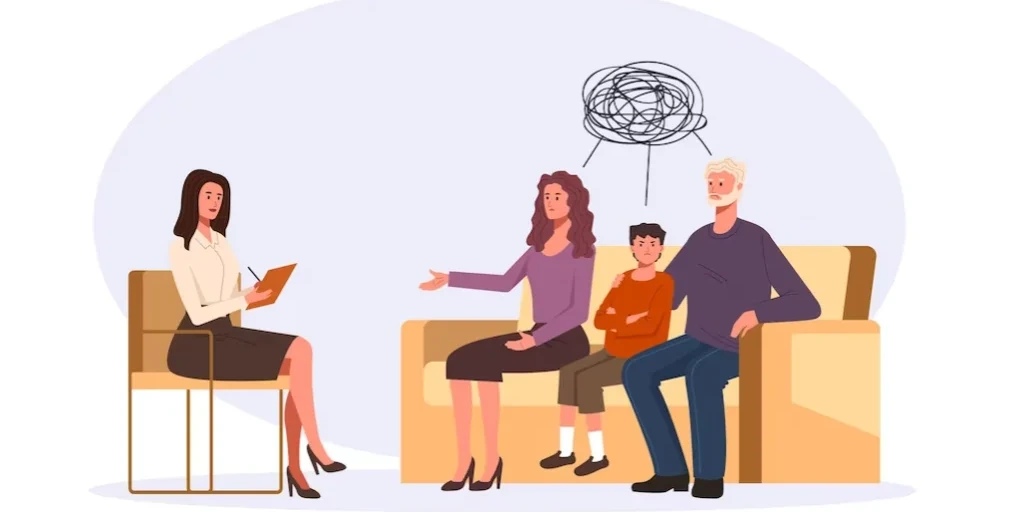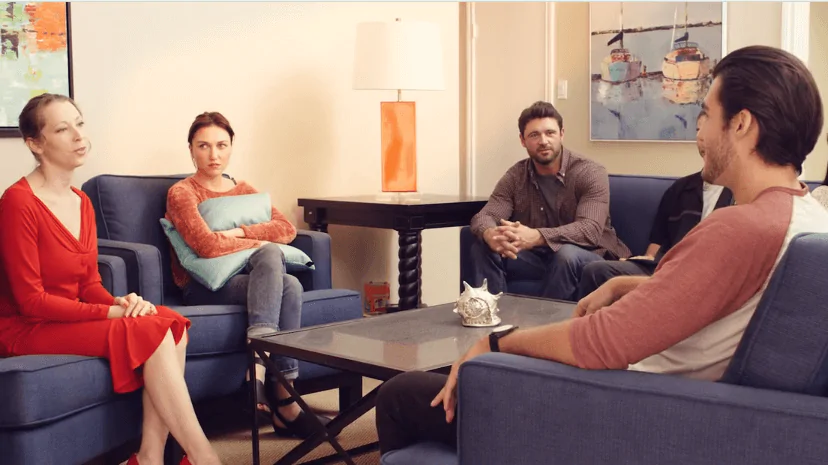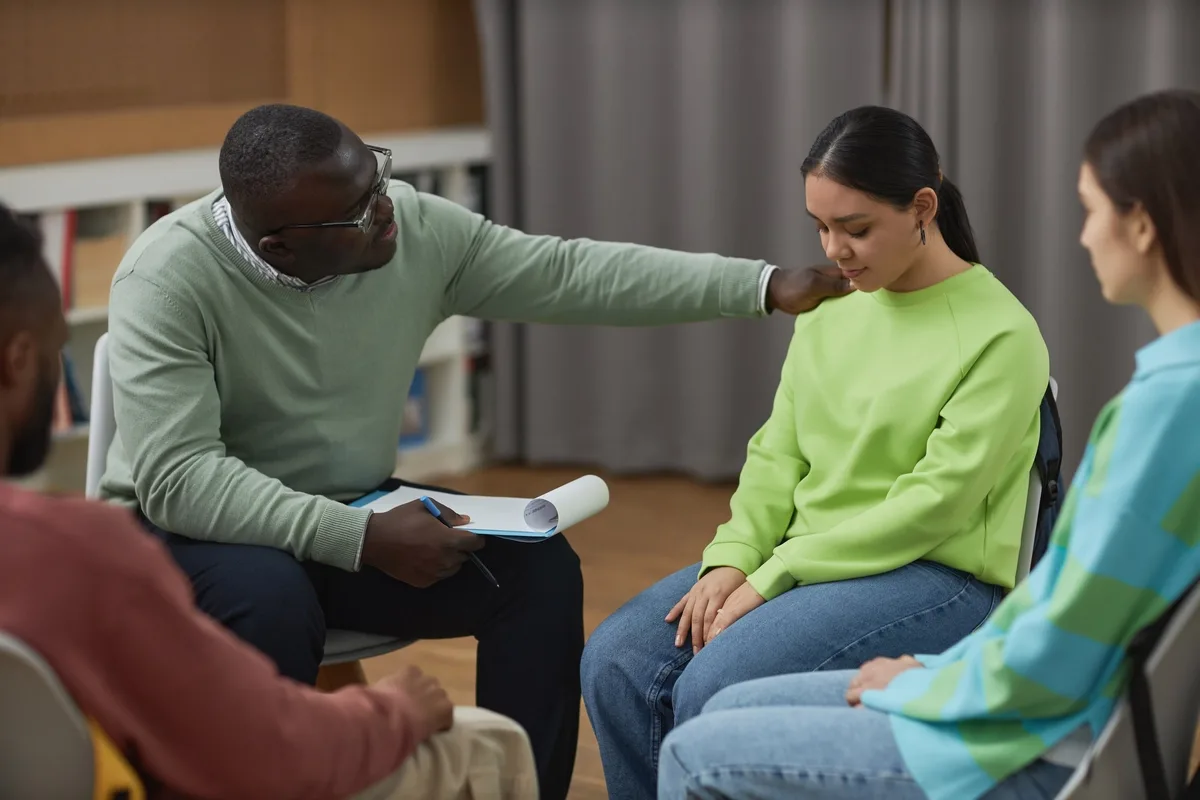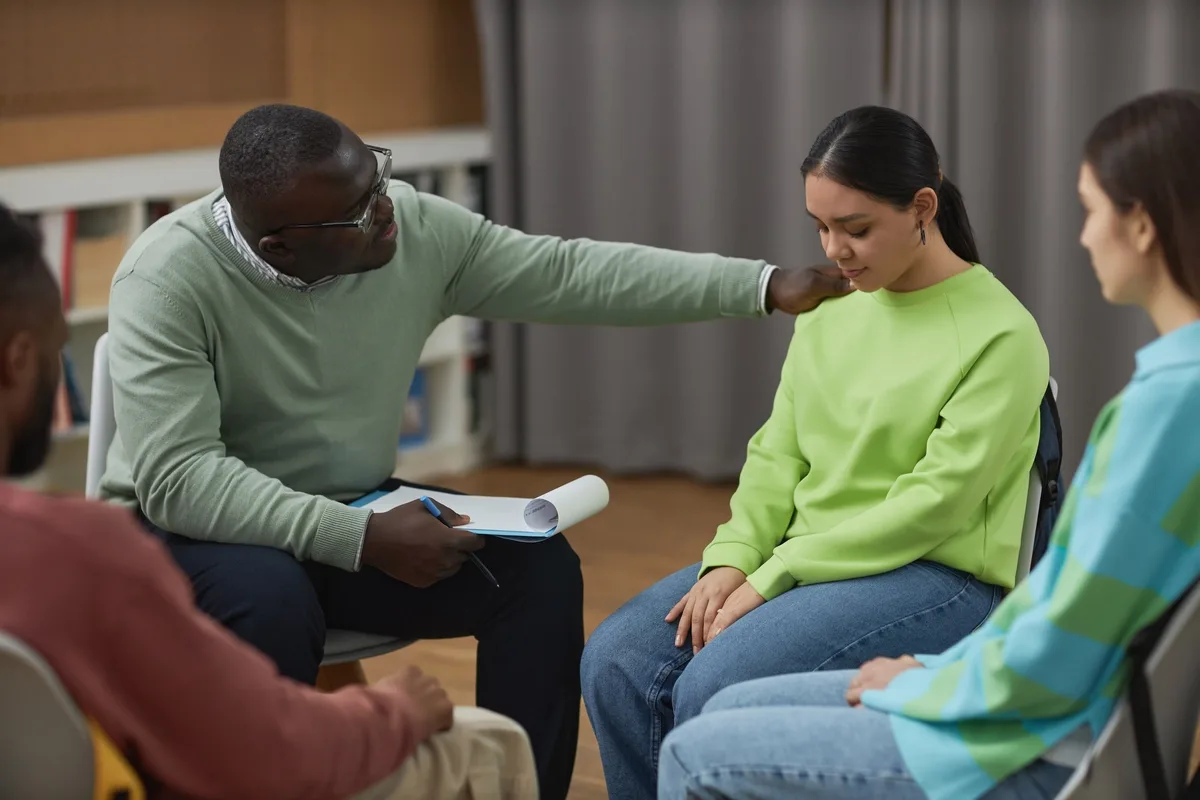24/7 Helpline:
(866) 899-111424/7 Helpline:
(866) 899-1114
Learn more about Dual Diagnosis Rehab centers in Lone Tree
Dual Diagnosis Rehab in Other Cities

Other Insurance Options

Humana

PHCS Network

Kaiser Permanente

BHS | Behavioral Health Systems

UnitedHealth Group

Oxford

EmblemHealth

Highmark

Molina Healthcare

Covered California

Optum

GEHA

Excellus

Optima

Ambetter

Sliding scale payment assistance

WellCare Health Plans

MVP Healthcare

Providence

Horizon Healthcare Service

Peak View Behavioral Health – Outpatient
Peak View Behavioral Health, located in Lone Tree, Colorado, offers alcohol and drug rehab services ...

AspenRidge Lone Tree
AspenRidge Lone Tree is a drug and alcohol rehab facility located in Lone Tree, CO. AspenRidge Lone ...

Chatham Oaks
Chatham Oaks in Iowa City, Iowa is a residential care facility for adults with mental health disorde...

Prelude Behavioral Services – Synchrony
Prelude Behavioral Services - Synchrony offers outpatient treatment for individuals with a mental he...

Resolutions Substance Abuse Services
Resolutions Substance Abuse Services is a private rehab located in Iowa City, Iowa. Resolutions Subs...

Meadowlark Psychiatric Services
Meadowlark Psychiatric Services is a private rehab located in North Liberty, Iowa. Meadowlark Psychi...

Resolutions Substance Abuse Services – Keokuk Street
Resolutions Substance Abuse Services – Keokuk Street, located in Iowa City, Iowa, specializes in the...

Prelude Behavioral Services
Prelude Behavioral Services, in Iowa City, Iowa, provides mental health care and addiction recovery ...

Firelands Counseling and Recovery Services
Firelands Counseling and Recovery Services provides a full spectrum of mental health and substance a...


























AA – Alcoholics Anonymous – East Court Street
AA – Alcoholics Anonymous – East Court Street is a non-profit rehab located in Iowa City, Iowa. AA –...

AA – Alcoholics Anonymous – Melrose Avenue
AA – Alcoholics Anonymous – Melrose Avenue is a non-profit rehab located in Iowa City, Iowa. AA – Al...

























































